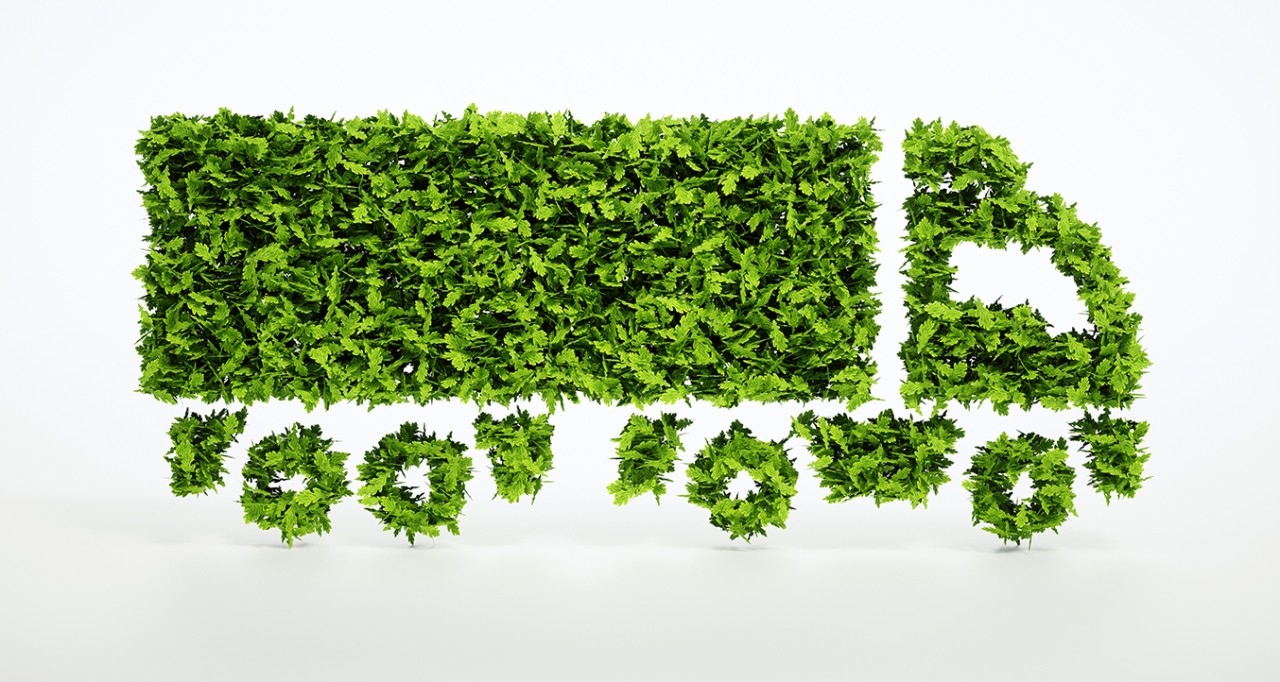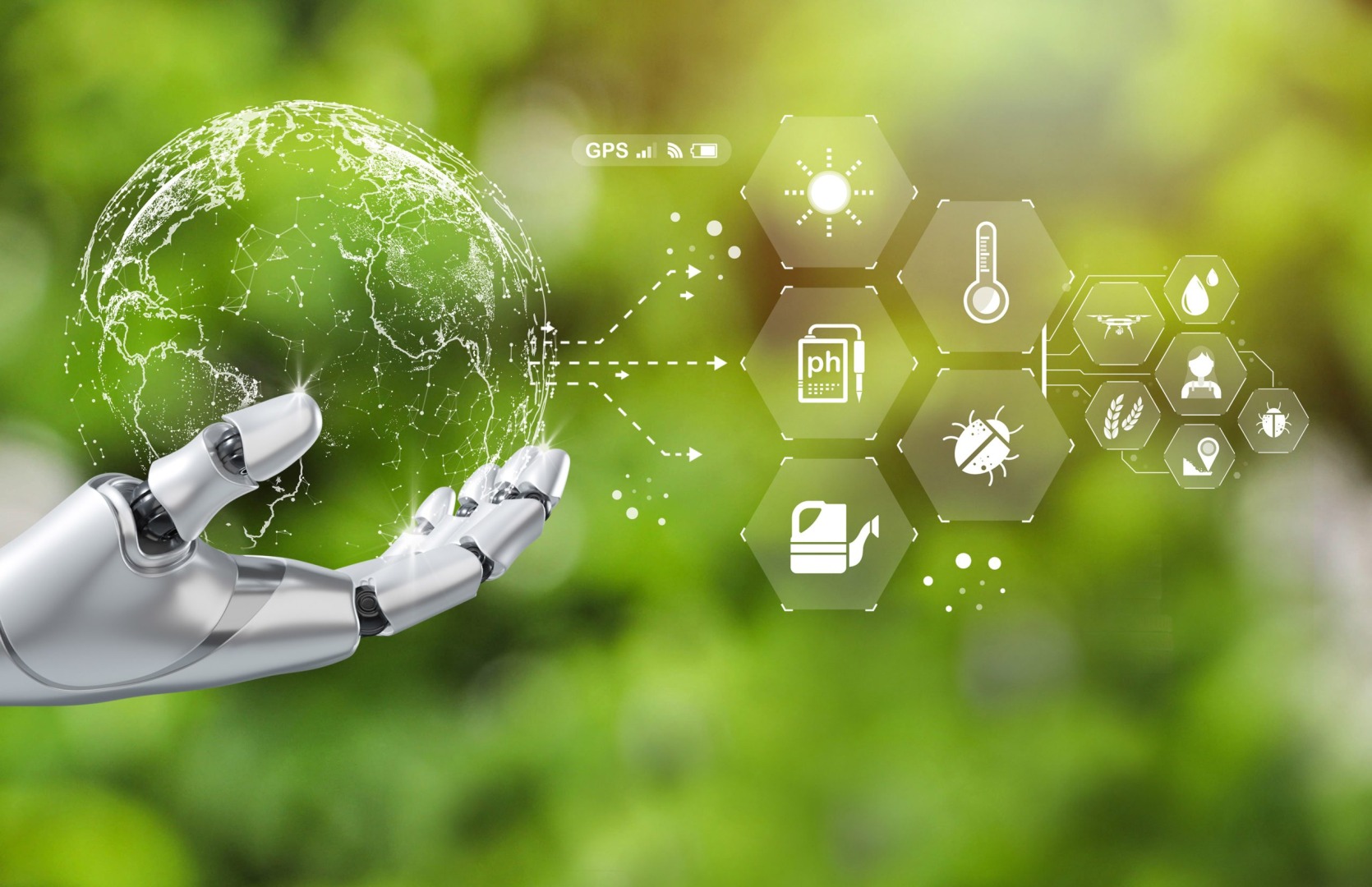Covid-19 has accelerated the digitisation of the energy industry and the demand for renewable resources.
In this article, we will assess 5 energy strategies that will shape companies, cities, regions and countries in the near future.
Does it really make sense to talk about a post-COVID strategy?
It seems to me that the COVID episode and especially the experience of lock-down allowed some leaders to look at the world and its issues in contrast between what they had experienced before and what they observed and felt during this period.
There is therefore no reason that the potential energy strategies have evolved but the way of looking at them and assessing them has certainly been turned upside down.
Two main parameters shape these strategies:

- The desire for a greener energy mix: this axis represents what is perceived as the opposition between ecology and economy. Either we consider the economic aspects to be paramount, or we stand up for the environment. I am convinced it is virtuous to combine the two aspects rather than oppose them.
- The vision of a more or less decentralized energy world: this axis refers not only to beliefs in matters of technology but also to fears linked to the potential reorganizations of the energy world associated to it.
Regarding the energy mix, two points of view are in opposition:
- The attraction for an energy mix that does not disrupt habits, mental schemes, management methods or jobs, because any change, before being a likely opportunity, is a certain cost. Combined cycle gas plants, biomass plants, hydroelectricity (run-of-river and storage) and, probably tomorrow, hydrogen are technologies corresponding to these targets. Until recently, this was the option of economic wisdom. The COVID crisis now leads to the perspective of an unprecedented crisis; many see this option as a return to the (economic) fundamentals necessary to overcome the crisis.
- The desire for a rapidly green energy mix, requiring many changes, induced by often intermittent technologies, such as solar and wind power, but also including heat recovery, biogas, marine energies, etc. Another part of the population and leaders saw the COVID crisis as both a sign of a need for change and an opportunity to accelerate that change. By highlighting our fragility and a certain vulnerability, COVID is pushing for more "natural" options, more respectful of the environment and populations.
In terms of decentralization, three visions emerge:
- The preference for a centralized energy world, perhaps offering an ecological penalty in the short and medium term but not requiring an overhaul of the distribution networks and the management methods of energy systems and seeking to benefit from the advantages of globalization. This option, like that of a traditional mix, reassures us by anchoring us in a known world, maybe not efficient enough and adapted to the challenges of the moment.
- The desire to oppose centralized historical structures by promoting and developing decentralized sources. In addition to a necessary adaptation of the distribution of energy, this trend is disrupting the structure of energy players by giving a more predominant role to local authorities and cities. In a post-COVID context, this option corresponds as much to a reaction against the traditional globalized world as to a search for a limited exposure to risks in a more local environment.
- The development of energy systems combining a global approach with centralised sources and the development of interconnections between countries and the increasing use of distributed local sources. This vision aims for the complementarity of centralised and decentralised structures and not for the opposition between them.
The alternative aspect of the second strategy has not been proven because large corporations, in favor of globalization, have nevertheless made this choice, attempting to open the door to globalization paying more attention to the development of local initiatives.
The first option, on the other hand, is often, but not always, associated with economic ways of thinking driven by insularity and protectionism. Having large power plants, large dams are a symbol of power, attests to the greatness of a country that can win on its own, does not need any alliances (interconnection), or even suffers from having to manage compromises with allies.
Thus, five major strategies emerge, at the intersection of these two dimensions. Each actor, government of a country, company, city should choose its strategy. In large countries, two players may follow different paths and the energy development of a country is not exclusively determined by a national policy: the choices made by economic players and public opinion play a key role. Understanding countries' energy trajectories is therefore not as obvious and COVID, while it does not necessarily have a direct consequence on national energy policies, can have a heavy impact on public opinion and economic actors.

1. Shift to Renewable and Energy Efficiency
It combines the choices of maintaining a traditional energy mix and of relying on a still centralized vision of energy systems. Many countries, not just those ruled by populist governments, risk being tempted to move closer to this option. The fear of a post-COVID crisis may justify the search for easy "savings". It is more about saving efforts to think and to act than about saving money. This option is also easier to sell to public opinions that are rarely educated in energy matters, but it can go against an ecological wave which is gradually developing in European countries.
This option may also tempt cities keen to focus on economic and social issues without dispersing themselves or companies refocusing their energies and resources on their core business.
2. Focus on Security of Demand & Supply
This strategy differs from the previous one by seeking a global-local balance within demand, supply and energy systems.
There is almost a contradiction between keeping a traditional mix and opening up energy systems to a more local dimension. This option, taken at the level of a city, a region, a company, more rarely at the level of a country, can reflect a very superficial will to act and fool voters or customers for a time. If this approach brings some short-term benefits, I fear it will be harshly punished later.
Nonetheless, some policy makers caught in the paradox between a fairly traditional personal view and the aspiration for change from their electors or clients might take this route.
3. Accelerated Digitalization
It is in reality not an option because keeping a traditional energy mix is not consistent with the desire to oppose centralized energy systems.
Covid-19 has accelerated the digitisation of the energy industry.
4. New Implications for Nuclear and Hydrogen
Energy companies will have to review their investments in nuclear and hydrogen.
Some of energy organizations will want to keep a green energy mix while others will want to maintain the attributes and benefits of centralized systems.
The protection of the environment and the reduction of greenhouse gas emissions are essential requirements, including for decision-makers anxious not to change everything and in particular not to abandon the benefits of centralized structures and associated know-how.
Defenders of nuclear power find in this strategy a way to value their technology, which is eminently centralized, and they pay attention to reduce tactically the environmental impact of energy to CO2 emissions.
While the choice of nuclear primarily concerns states and public opinions, cities and businesses may see hydrogen as a future source of energy combining known benefits with environmental imperatives. The post-COVID period is likely to accelerate investigations and developments in this area.
5. Behaviour Change & Energy Activism
People are now more aware about the environment and are taking pro active steps.
Energy companies will have to break with the existing systems, both in terms of the mix and the structure of energy systems.
By pushing for a greener mix and for the decentralization of energy systems, business or political leaders will mark their distance from the world of yesterday, in their eyes, the one that led to the emergence of COVID.
Some companies will be able to take advantage of such a positioning or benefit from it through increased employee engagement. For others, often among the smallest, this option will only reflect the personal commitment of their leader.
This strategy will also be that of the leaders of local authorities, anxious to transfer from central powers, greater control over energy, necessary for them to reform mobility in their city or region and boost the economy.
Extra-Strategy: The "Green Deal
It aims both for a greener energy mix and the search for a balance between the global and local dimensions of energy systems.
From my point of view, this strategy, however desirable and virtuous, will not often be acclaimed: it is difficult and slow to implement, it requires a lot of explanation and education of public opinion (an exercise that Latin countries, for instance, are not used to), it is based on a systemic approach that is rarely mastered. Moreover, in the post-COVID period, it is a kind of compromise that does not respond to the will for radical action shared by many.
Post COVID-19 will most certainly result in radicalizing options and positions towards energy strategies. Between the promoters of a return to fundamentals and the followers of an acceleration of the race towards a new world, the gap is likely to increase between two opposing poles which will nevertheless have to be made to coexist. From the success of mediations, collaborations, sharing between these two poles, the European energy world of the 21st century will emerge.
Read other articles of the same author by visiting www.smartcitiesbymachnteam.com






Comments